


| MOQ: | 1 Piece |
| Price: | US $300/PC |
| Standard Packaging: | Cylinder/Tank |
| Delivery Period: | 15 days |
| Payment Method: | L/C, T/T |
| Supply Capacity: | 3000 Pcs/Month |
Helium gas (He) is a colorless, odorless, and inert noble gas. It is the second lightest element in the periodic table, and it belongs to the group of elements known as noble gases. Here are some key points about helium gas:
Chemical Composition: Helium is a chemical element with the atomic number 2, meaning it has 2 protons in its nucleus. Its atomic symbol is He.
Properties: Helium possesses several important properties:
Inertness: Helium is chemically inert, meaning it does not readily react with other substances. It is non-toxic and does not form compounds with other elements under normal conditions.
Density: Helium is lighter than air and has a density that is approximately 0.14 times that of air. This property makes it useful for applications where buoyancy is desired, such as in balloons and airships.
Low Boiling and Melting Points: Helium has a boiling point of -268.93 degrees Celsius (-452 degrees Fahrenheit) and a melting point of -272.2 degrees Celsius (-458 degrees Fahrenheit). These extremely low temperatures make helium useful in cryogenic applications.
Thermal Conductivity: Helium has exceptional thermal conductivity, which means it can transfer heat very efficiently. This property makes it useful in cooling applications, such as in cryogenics and superconductivity research.
Occurrence and Production: Helium is relatively rare on Earth and is primarily obtained as a byproduct of natural gas extraction. It is formed through the radioactive decay of heavy elements, such as uranium and thorium, in the Earth's crust. However, it can escape the Earth's atmosphere over time due to its lightness.
Uses: Helium gas has various applications:
Balloons and Airships: Helium is widely used to fill balloons and airships due to its low density, which provides buoyancy.
Cryogenics: Helium is extensively used in cryogenic applications, such as cooling superconducting magnets in MRI machines, particle accelerators, and research laboratories. Its low boiling point allows it to achieve extremely low temperatures.
Welding: Helium is used in certain types of welding, such as tungsten inert gas (TIG) welding, to create an inert atmosphere and prevent oxidation of the metal being welded.
Gas Chromatography: Helium is commonly used as a carrier gas in gas chromatography, a technique used for separating and analyzing chemical compounds.
Leak Detection: Helium is employed in leak detection methods, particularly in industries such as refrigeration and air conditioning, where finding and fixing leaks is critical.
Breathing Mixtures: Helium-oxygen mixtures, known as heliox, are used in certain medical treatments for patients with respiratory conditions.
Conservation and Availability: Helium is a finite resource, and its availability may be limited in the future. Due to its importance in various applications, there are efforts to conserve helium and promote its responsible use.
It is important to handle and use helium gas safely, following appropriate guidelines and regulations. Helium gas cylinders should be stored, transported, and handled with care to minimize any potential risks.
Basic Info.
| DOT Class | 2.2 | Un Number | 1963 |
| Cylinder Standard | DOT/ISO/GB | Cylinder Pressure | 15MPa/20MPa |
| Valve | Qf-2/Cga580 | Melting Point | -272.2 ºC |
| Appearance | Colorless, Odorless | Boiling Point | -272.2 ºC |
| Density | 0.1786 Kg/M3 | Molecular Weight | 4.0026 |
| Transport Package | 40L, 47L, 50L | Specification | 99.999%, 99.9999% |
| Trademark | CMC | Origin | Suzhou,China |
| HS Code | 28042900 | Production Capacity | 20, 000 Tons/Yea |
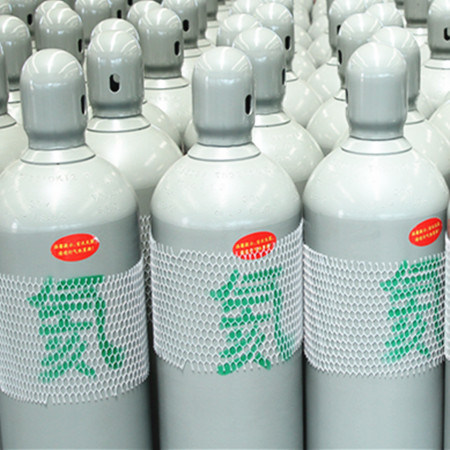
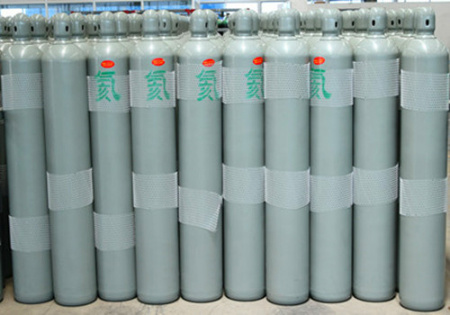
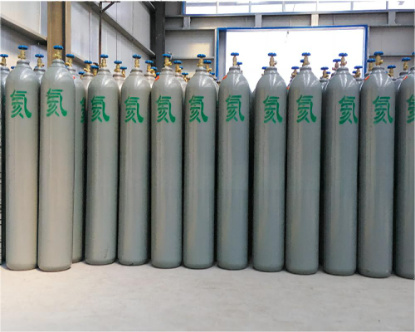
| Specification | Company Standard |
| He | ≥ 99.999% |
| N2 | ≤ 2.0 ppm |
| O2+AR | ≤ 1.0 ppm |
| H2 | ≤ 1.0 ppm |
| CO | ≤ 0.5 ppm |
| CO2 | ≤ 0.5 ppm |
| Ne | ≤ 1.0 ppm |
| CH4 | ≤ 0.5 ppm |
| Moisture | ≤ 0.5 ppm |

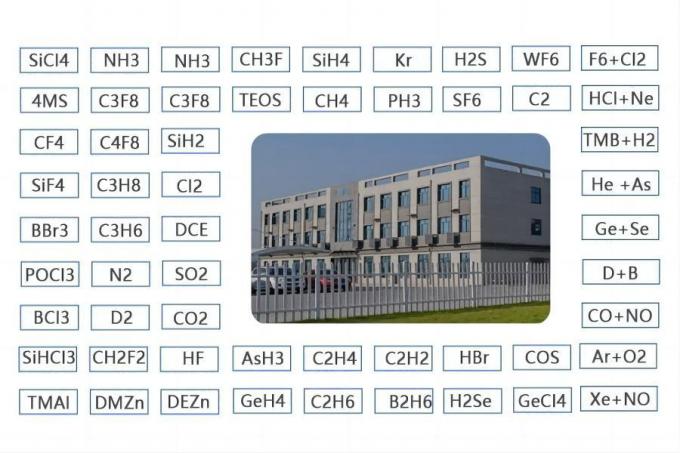
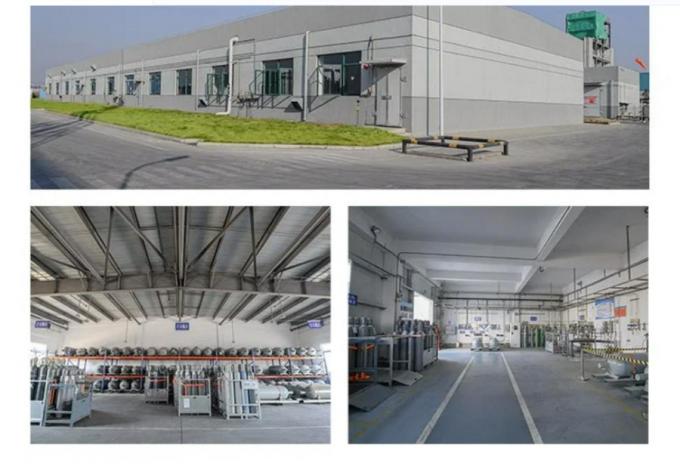

| MOQ: | 1 Piece |
| Price: | US $300/PC |
| Standard Packaging: | Cylinder/Tank |
| Delivery Period: | 15 days |
| Payment Method: | L/C, T/T |
| Supply Capacity: | 3000 Pcs/Month |
Helium gas (He) is a colorless, odorless, and inert noble gas. It is the second lightest element in the periodic table, and it belongs to the group of elements known as noble gases. Here are some key points about helium gas:
Chemical Composition: Helium is a chemical element with the atomic number 2, meaning it has 2 protons in its nucleus. Its atomic symbol is He.
Properties: Helium possesses several important properties:
Inertness: Helium is chemically inert, meaning it does not readily react with other substances. It is non-toxic and does not form compounds with other elements under normal conditions.
Density: Helium is lighter than air and has a density that is approximately 0.14 times that of air. This property makes it useful for applications where buoyancy is desired, such as in balloons and airships.
Low Boiling and Melting Points: Helium has a boiling point of -268.93 degrees Celsius (-452 degrees Fahrenheit) and a melting point of -272.2 degrees Celsius (-458 degrees Fahrenheit). These extremely low temperatures make helium useful in cryogenic applications.
Thermal Conductivity: Helium has exceptional thermal conductivity, which means it can transfer heat very efficiently. This property makes it useful in cooling applications, such as in cryogenics and superconductivity research.
Occurrence and Production: Helium is relatively rare on Earth and is primarily obtained as a byproduct of natural gas extraction. It is formed through the radioactive decay of heavy elements, such as uranium and thorium, in the Earth's crust. However, it can escape the Earth's atmosphere over time due to its lightness.
Uses: Helium gas has various applications:
Balloons and Airships: Helium is widely used to fill balloons and airships due to its low density, which provides buoyancy.
Cryogenics: Helium is extensively used in cryogenic applications, such as cooling superconducting magnets in MRI machines, particle accelerators, and research laboratories. Its low boiling point allows it to achieve extremely low temperatures.
Welding: Helium is used in certain types of welding, such as tungsten inert gas (TIG) welding, to create an inert atmosphere and prevent oxidation of the metal being welded.
Gas Chromatography: Helium is commonly used as a carrier gas in gas chromatography, a technique used for separating and analyzing chemical compounds.
Leak Detection: Helium is employed in leak detection methods, particularly in industries such as refrigeration and air conditioning, where finding and fixing leaks is critical.
Breathing Mixtures: Helium-oxygen mixtures, known as heliox, are used in certain medical treatments for patients with respiratory conditions.
Conservation and Availability: Helium is a finite resource, and its availability may be limited in the future. Due to its importance in various applications, there are efforts to conserve helium and promote its responsible use.
It is important to handle and use helium gas safely, following appropriate guidelines and regulations. Helium gas cylinders should be stored, transported, and handled with care to minimize any potential risks.
Basic Info.
| DOT Class | 2.2 | Un Number | 1963 |
| Cylinder Standard | DOT/ISO/GB | Cylinder Pressure | 15MPa/20MPa |
| Valve | Qf-2/Cga580 | Melting Point | -272.2 ºC |
| Appearance | Colorless, Odorless | Boiling Point | -272.2 ºC |
| Density | 0.1786 Kg/M3 | Molecular Weight | 4.0026 |
| Transport Package | 40L, 47L, 50L | Specification | 99.999%, 99.9999% |
| Trademark | CMC | Origin | Suzhou,China |
| HS Code | 28042900 | Production Capacity | 20, 000 Tons/Yea |



| Specification | Company Standard |
| He | ≥ 99.999% |
| N2 | ≤ 2.0 ppm |
| O2+AR | ≤ 1.0 ppm |
| H2 | ≤ 1.0 ppm |
| CO | ≤ 0.5 ppm |
| CO2 | ≤ 0.5 ppm |
| Ne | ≤ 1.0 ppm |
| CH4 | ≤ 0.5 ppm |
| Moisture | ≤ 0.5 ppm |


